The Temples in Kumbhariya
Synopsis
Kumbhariya (known anciently as Arasana or Arasanakara), now a non-descript hamlet, situated about a mile and half to the southeast of the famous holy tirtha-town Ambaji (Banaskantha district, Gujarat, India) and about 35 kms southeast of Mt. Abu was an important Jaina site in High Medieval times. Home to five exquisite Jaina temples and a Sivaite fane, these marble buildings, sacred to the faithful, were built during the Solanki period between the 11th and the late-13th centuries A.D. Being the smallest remainder of the precious architectural wealth of the past, they per se assume importance as very valuable visual documents of Jaina art and architecture of the medieval epoch in Gujarat. This work, for the first time delineates and accounts comprehensively albeit pointedly the historical, socio-religious and cultural perspective of Jainism in Gujarat, from its advent in the Mauryan period to the late Solanki period, as a prelude to the building of the Kumbhariya temples in the medieval period. While unfolding all its aspects – site’s and temples’ history, inscriptions, buildings and their descriptions supported by relevant drawings including floor-plans and photo-illustrations, the work concurrently makes a critical estimation and evaluation of the art of its architecture and sculpture as also the temples’ special contributions to the qualitative aspects of architectural aesthetics. This work also demonstrates that the spectacular interiors of the four Jaina temples at Kumbhariya are more ancient than those in the Delvada temples and the variety and richness of the columns and the ceilings equal or are on par with the Delvada temples on Mt. Abu. They thus provide on one side the visual links to, and on the other lend insights into the evolutionary development, casting as they also do additional light on the stylistic trends in the Jaina mode of temple planning as well as the nature of associated architectural components and details that preceded the world famous Delvada temples. Moreover, this refreshing work authentically and firmly situates this ensemble of temples in an honourable niche they so rightly deserve in the history of western Indian Jaina architecture.
Read more
54.00
48.6
$
60.00 $
Free delivery Wolrdwidе in 10-18 days
Ships in 1-2 days from New Delhi
Membership for 1 Year $35.00
Get it now and save 10%
Get it now and save 10%
BECOME A MEMBER
Books by the same authors

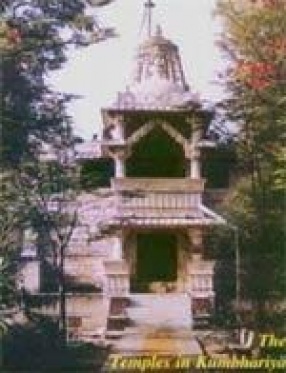
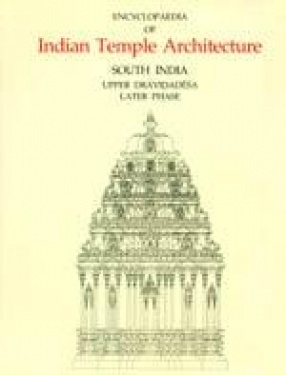

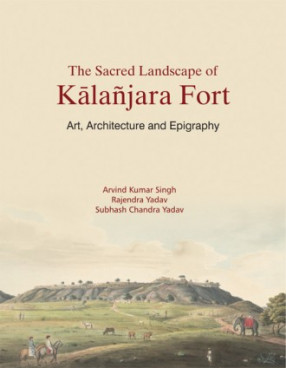
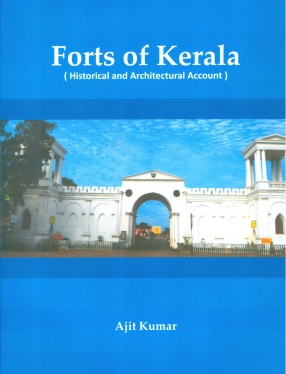
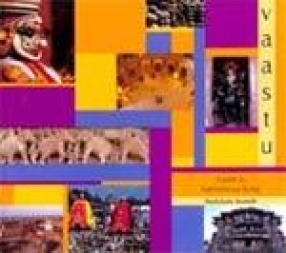
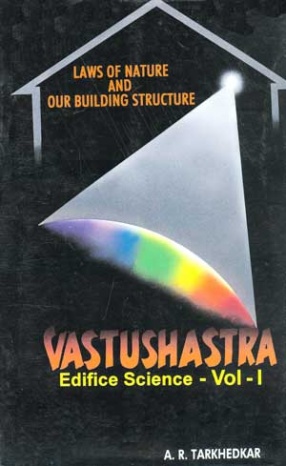

Bibliographic information
U.S. Moorti